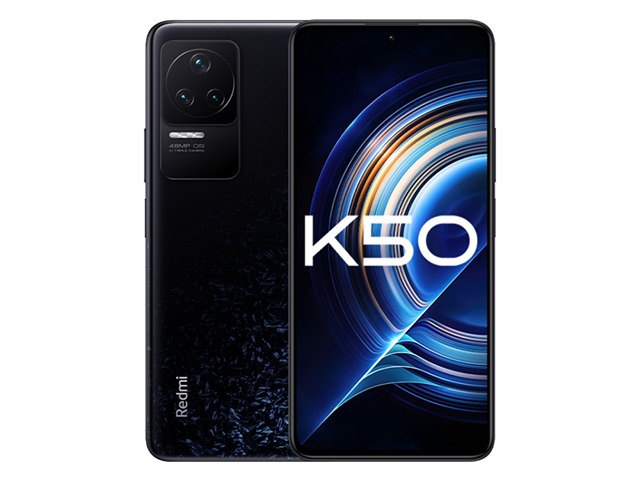Xiaomi Redmi K50 Pro phone Review
Even specialists may become overwhelmed by the lengthy list of scientific terminology in the Xiaomi Redmi K50 Pro catalog. So many questions will run through your thoughts when you think to buy a new cellular phone. In this post, you can take a look at Xiaomi Redmi K50 Pro reviews that sort out the majority of its specifications and technical jargon so you can grasp everything about it.
Xiaomi Redmi K50 Pro model status in the market is: Available. However, it is announced by Xiaomi company on 3/17/2022 and Released 2022, March 22.
Xiaomi Redmi K50 Pro has 128GB 8GB RAM, and 5000 mAh battery life (the more mAh value gives more strength to the battery). When you purchase Xiaomi Redmi K50 Pro, you will gain 108 MP, (wide), 1/1.52″, 0.7µm, PDAF, OIS rear camera and
Xiaomi Redmi K50 Pro comes with a 6.67 inches, 107.4 cm2 display size and Corning Gorilla Glass Victus as a scareen protection that is intended to save the screen when the phone drops on hard and rough surfaces.
Xiaomi Redmi K50 Pro has these software and hardware platforms:
* Android 12, MIUI 13 OS,
* MediaTek Dimensity 9000 (4 nm) Chipset
* Octa-core (1×3.05 GHz Cortex-X2 & 3×2.85 GHz Cortex-A710 & 4×1.80 GHz Cortex-A510) Processor.
In this article, you will find Xiaomi Redmi K50 Pro review which will sort-out the main Xiaomi Redmi K50 Pro specs that you need to make a wise decision about your new smartphone.
Xiaomi Redmi K50 Pro Review of The Body Specifications
When planning to purchase a new smartphone, the body parameters must be taken into consideration. These physical specs include body size, weight, and build. You can read Xiaomi Redmi K50 Pro review in terms of the body features in the lines that follow.
* Body Dimensions: 163.1 x 76.2 x 8.5 mm (6.42 x 3.00 x 0.33 in) which mean height, width, and thickness (depth) respectively.
* Body Weight: 201 g (7.09 oz).
For mobile phones, a weight between 140g to 170g is deemed suitable and appropriate for most users.
* Body Build: Glass front (Gorilla Glass Victus), glass back.
The following body kinds of the smartphones are available:
* Metal. Due to the fact that it is constructed of metals, it is the strongest in terms of protecting the cellular phone’s internal components.
* Plastic. This type might be more sturdy than metal because it doesn’t bend. Additionally, because it doesn’t break easily, it has a longer working life than a glass one.
* Glass. This type of cellular phone’s body looks more shiny and appealing, despite the fact that glass is more likely to break due to its brittle nature.
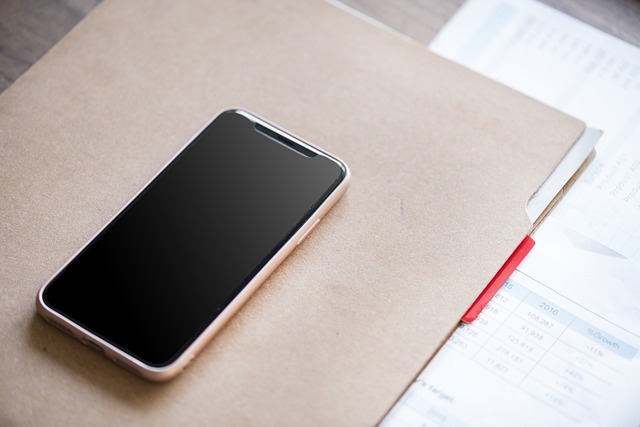
The Available Colors – Xiaomi Redmi K50 Pro Review
Black and white are possibly the most public colors for smartphone covers, but that hasn’t stopped companies from manufacturing plenty of additional colors in an effort to draw in more customers.
Xiaomi Redmi K50 Pro comes in the following colors: Black, Gray, Blue, Green.
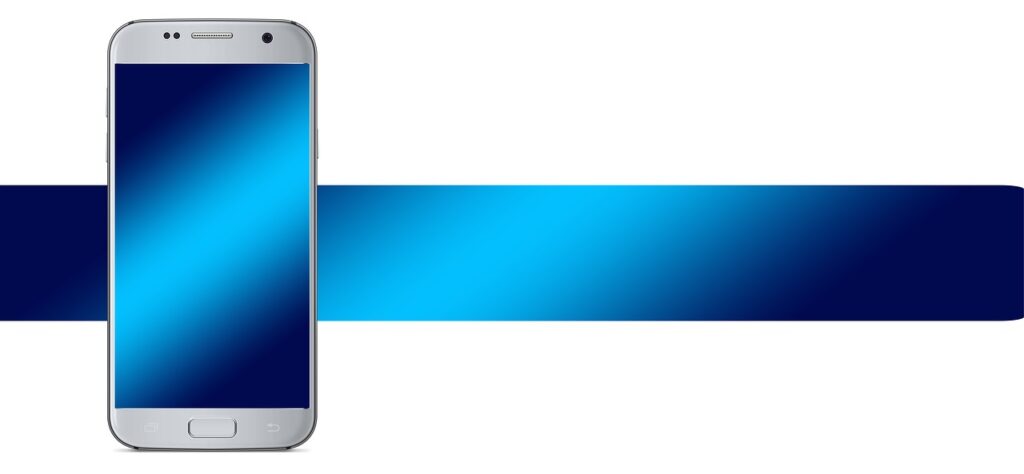
Xiaomi Redmi K50 Pro Review of The Display Specs and Quality
With the rapid development of mobile innovations, it is difficult to know any mobile phone or combination of features as the best. This is relevant to the screen’s quality and characteristics. In fact, selecting it depends on your particular requirement and the areas in which you use smartphones. In the following lines, we will represent the main display characteristics of Xiaomi Redmi K50 Pro
Display Type: OLED – Note that you need to look for a display type that grants more flashy colors and genuine black color.
Display Size: 6.67 inches, 107.4 cm2 – The popular standard screen size of smartphones now averages between 4.7 and 6.5 inches.
Refresh Rate: 120Hz – The refresh rate (measured in Hertz (Hz)) is the number of times a screen recreates an image. More refresh rate means less motion blur and considerably better image quality.
Display HDR: HDR10+ – HDR (High Dynamic Range) means a high contrast between the lightest and darkest areas of an image.
Display Nits Peak: 1200 nits (peak). It is the maximum amount of light sent out by the screen. Values above 500 nits is enough to use on a sunny day.
Display Nits Full: 1200 nits (peak).
Screen To Body Ratio: (~86.4% screen-to-body ratio). It provides the percentage of how much of the front side is covered by the screen.. Smartphones that have the largest screen to body ratio look delicate and give it a premium look.
Display Ratio: 20:9 ratio. the Aspect ratio is the relevance between the height and width of the smartphone screen. Taller aspect ratios like 19.5:9 is coming with the most modern smartphones, and it is suitable for web browsing, and other portrait orientation apps.
Display Resolution: 1440 x 3200 pixels. It is the clarity of an image video in details and sharpness. The pixel resolution for high definition screens is 1920 x 1080.
Display Density: (~526 ppi density). It is the number of physical pixels per inch on a screen, and is measured in Pixels Per Inch (ppi).
Display Protection: Xiaomi Redmi K50 Pro comes with the following display protection:
* Corning Gorilla Glass Victus
* Corning Gorilla Glass Victus.
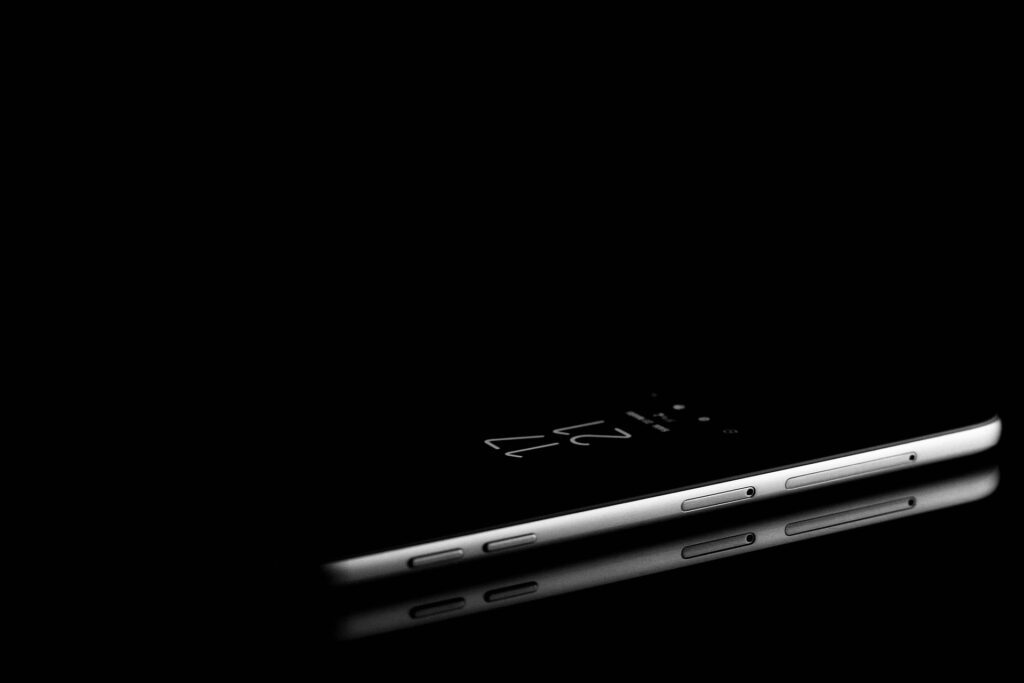
Camera Specifications- Xiaomi Redmi K50 Pro Review
In the following lines, you will find Xiaomi Redmi K50 Pro review about the main cameras.
* Main Camera Single: {108 MP, (wide), 1/1.52″, 0.7µm, PDAF, OIS}.
Here are explanations about some of the symbols included in the camera specifications:
MP (Megapixels) is the resolution of the image taken by a cellular phone.
(f value) is the aperture of a lens indicates how much light it lets in. The larger the aperture, the more light is let in; conversely, a smaller aperture lets in less light.
(mm value) This measurement is of the lens’s focal length, which affects the final image that is produced by your camera.
AutoFocus (AF) is the function of a camera to automatically focus on a subject.
* Main Camera Dual: 8 MP, 119˚ (ultrawide)
* Main Camera Triple: 2 MP, f/2.4, (macro)
The main camera features are as follows:
HDR, panorama, 4K@30fps, 1080p@30/60/120fps, 720p@960fps gyro-EIS main video camera.
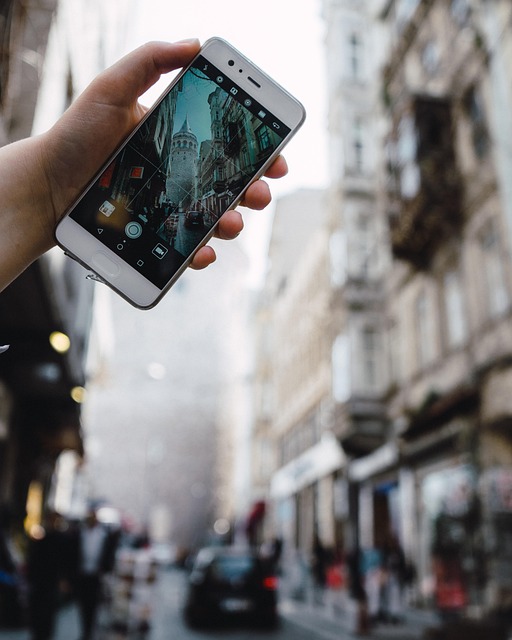
the SIM Card characteristics – Xiaomi Redmi K50 Pro Review
A SIM (Subscriber Identity Module) is an electronic card that connects your smartphone to the mobile network so that you can make calls, send SMS messages, and use mobile internet services like 3G, 4G LTE, and 5G. For more info about 3G / 4G networks, refer to Xiaomi Redmi K50 Pro 3G or Xiaomi Redmi K50 Pro 4G articles You can use your cellphone without a SIM card for many things, like playing games, using the calculator, saving notes, capturing photos, and many other applications. The following three sizes are available for SIM cards: Standard (Mini), Micro, and Nano.
This phone model comes with Dual SIM (Nano-SIM, dual stand-by) card. For more information, refer to How to insert SIM card in Xiaomi Redmi K50 Pro article.
Here are the common SIM card kinds:
* Nano SIM. This removable SIM card size is the smallest available one, so it is the most modern one (other than eSIMs, which we’ll talk about it very soon) and most modern devices are using it.
* Micro SIM. They have a little bit larger chip, and they’re rarely been used in the recent years.
* Standard SIM (Mini SIM). It is the biggest SIM card size in use, and it’s the most seldom used.
* eSIM. It is an embedded SIM card, meaning that you can’t remove it from your cellphone.

Chipset, CPU, and GPU – Xiaomi Redmi K50 Pro Review
This model has MediaTek Dimensity 9000 (4 nm) chipset.
A chipset on a mobile phone is most usually referred as a system on chip (SoC). It is an integrated circuit that houses all of a device’s essential parts on a single chip.. The most famous kinds are: QUALCOMM Snapdragon, MEDIATEK CHIPSETS, and INTEL ATOM.
Xiaomi Redmi K50 Pro has Octa-core (1×3.05 GHz Cortex-X2 & 3×2.85 GHz Cortex-A710 & 4×1.80 GHz Cortex-A510) CPU.
The higher the number of cores, and the higher the number of processing speed the better the processor’s performance will be.
Xiaomi Redmi K50 Pro has the following GBU (Graphics Processing Unit): Mali-G710 MC10.
All graphics jobs are handled and accelerated by this chip, and faster GPU means a more powerful smartphone will.
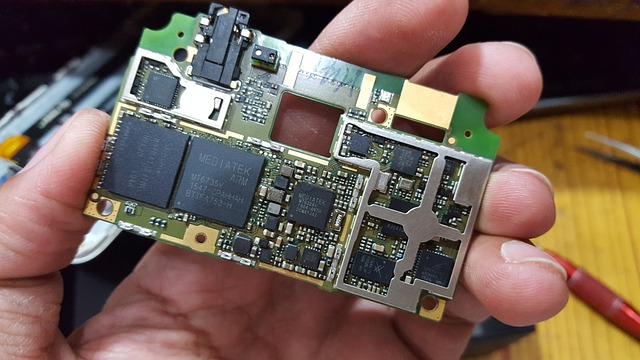
Xiaomi Redmi K50 Pro Review of the Storage features and Capacity
The amount of storage that a new cellphone offers are one of the key decision considerations.. and the following internal memory: 128GB 8GB RAM – 256GB 8GB RAM – 256GB 12GB RAM – 512GB 12GB RAM
There are two types of phone memory:
Internal: It is integrated inside the phone, and can’t be increased. These days, most cellular phones come with internal storage of at least 32GB or 64GB and a few high-end models feature 256GB or 512GB.
External: It is a removable SD card used as extra storage to save photos, music, videos, etc., regardless of the kind of SD card slot.
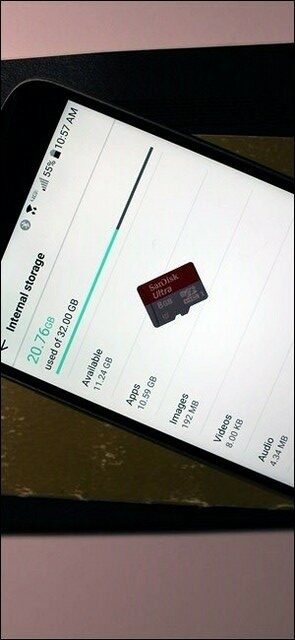
Xiaomi Redmi K50 Pro Review – Mobile Networks and communication
Mobile networking is a term used to describe technologies that can provide wireless voice and/or data network connectivity. 3 kinds of mobile networks are available: 3G, 4G (LTE), and 5G. Most modern mobile phones can use all networks. However, 5G has been innovated with an enhanced capacity to enable next-generation user experiences, support innovative deployment models, and provide new services.
Xiaomi Redmi K50 Pro supports the following networks: 3G. For more info, refer to Xiaomi Redmi K50 Pro 3G article. – 4G. For more info, refer to Xiaomi Redmi K50 Pro 4G article.
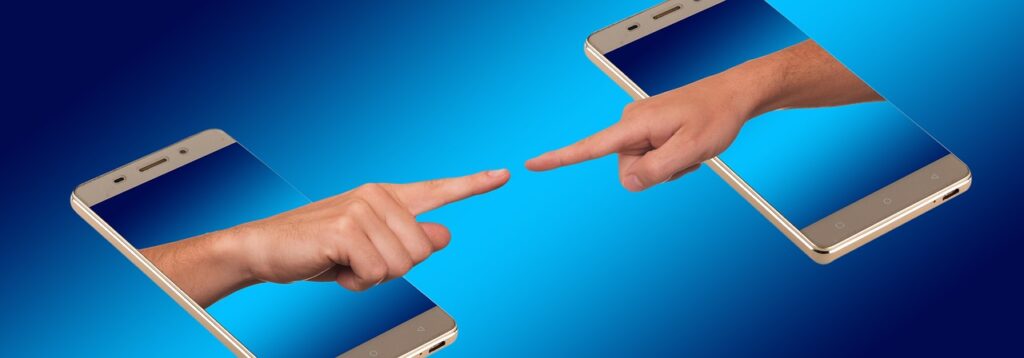
Xiaomi Redmi K50 Pro Review of The Available Wireless Connections
This model supports the following wireless communications:
* WLAN connection: {Wi-Fi 802.11 a/b/g/n/ac/6, dual-band, Wi-Fi Direct, hotspot}. Wireless Local Area Network depends on Wi-Fi to connect to the home or office wireless network using the local router and provides Internet access.
* Bluetooth connection: {5.3, A2DP, LE}. It is a common wireless communication protocol used to connect two devices together over short ranges, allowing them share data between different devices.
* GBS connection: {Yes, with A-GPS. Up to tri-band: GLONASS (1), BDS (3), GALILEO (2), QZSS (2), NavIC}.Global Positioning System allows mobile phone to define any position you need.
* NFC connection: {Yes}.Near Field Communication is a wireless technology that enables your smartphone to send data to another device when they’re close together, so it’s commonly used for contactless payments. For more info, refer to NFC on Xiaomi Redmi K50 Pro article.
* USB connection: {USB Type-C 2.0, USB On-The-Go}.Universal Serial Bus is wired technology that allows users to connect two devices, such as a smartphone with a PC, to either transfer data or to charge the connected device.
* Features Sensors: {Fingerprint (side-mounted), accelerometer, gyro, proximity, compass, color spectrum}. The sensor is a device that detects and majors the changes in the nearby environment such as ambient light and motion.
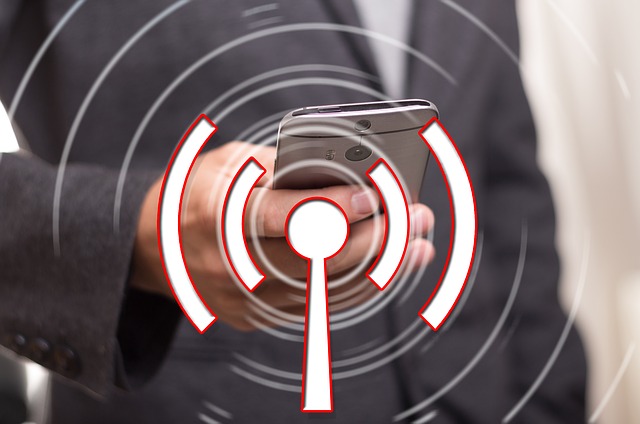
The Operating System – Xiaomi Redmi K50 Pro Review
This model comes with {Android 12, MIUI 13} operating system.
Xiaomi Redmi K50 Pro Review of The Battery Main Specs
Nothing is more crucial than the battery of the cellphone that keeps these devices running and grants daily life functioning. In the following lines, you will find a Xiaomi Redmi K50 Pro review of its primary battery.
* Battery Technology: {Li-Po}.
* Xiaomi Redmi K50 Pro comes with {non-removable} battery.
* Battery Capacity: {5000} mAh. It refers to the amount of storage volume a particular battery is able to provide. A battery with 3100 mAh capacity rating could supply a current of 3100 mA for one hour. Higher mAh ratings for the same battery type will generally mean more working time.
* Battery Charging: {Fast charging 20W}.
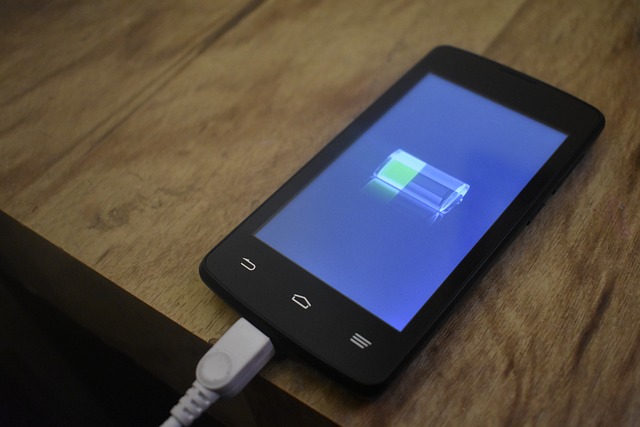
The Battery Secondary Specifications – Xiaomi Redmi K50 Pro Preview
In addition to the major Xiaomi Redmi K50 Pro specifications that we mentioned earlier, this model has more battery-related features that are relatively different depending on the kind of cellphone. These features are as follows:
* Battery Charging Original: {Fast charging 120W, 100% in 19 min (advertised), Power Delivery 3.0, Quick Charge 3+}.
* Battery Charging (Others): {Dash Charge}.


